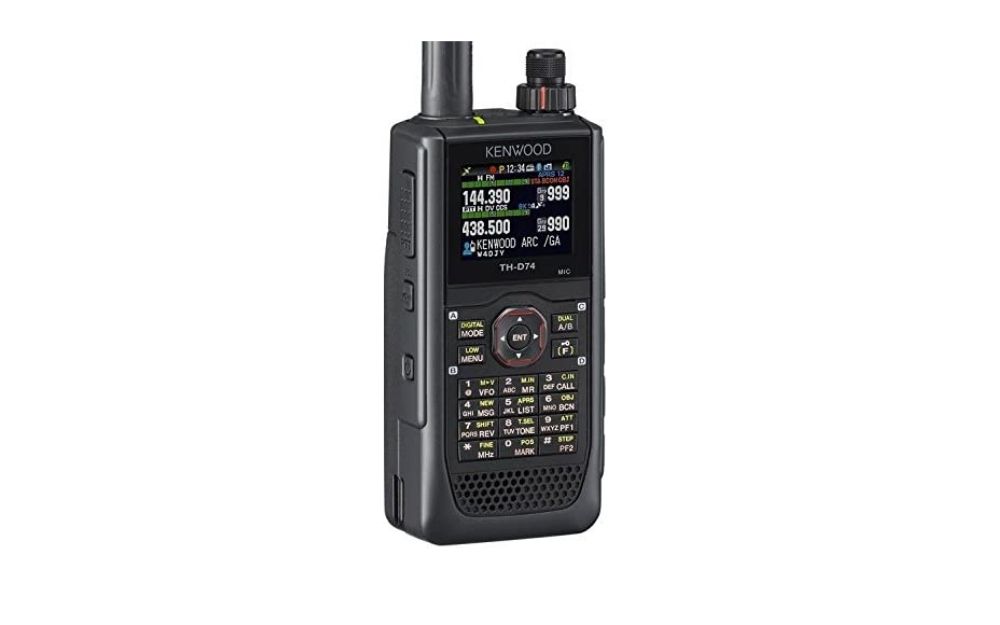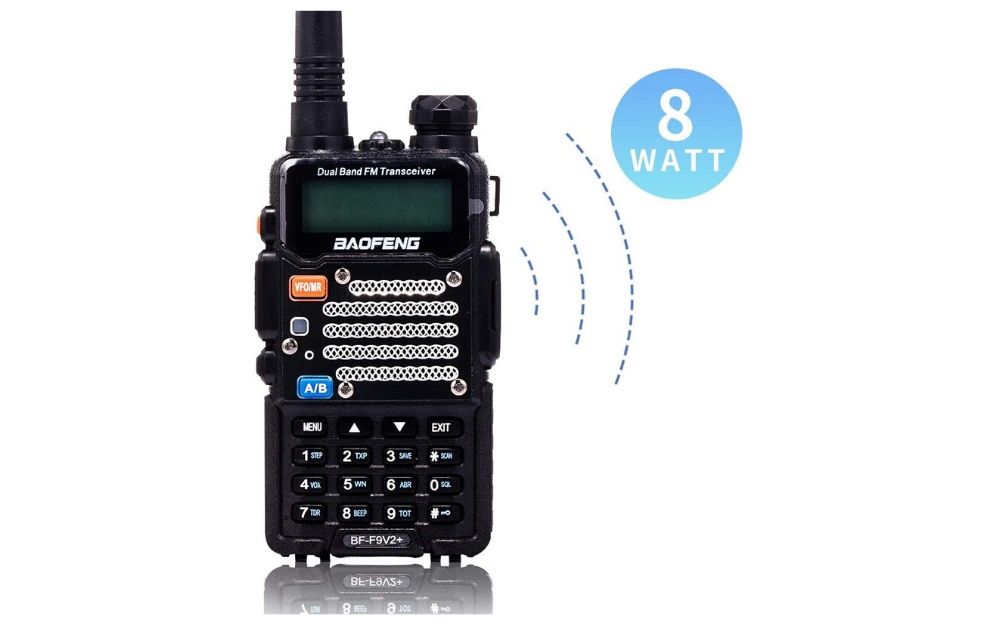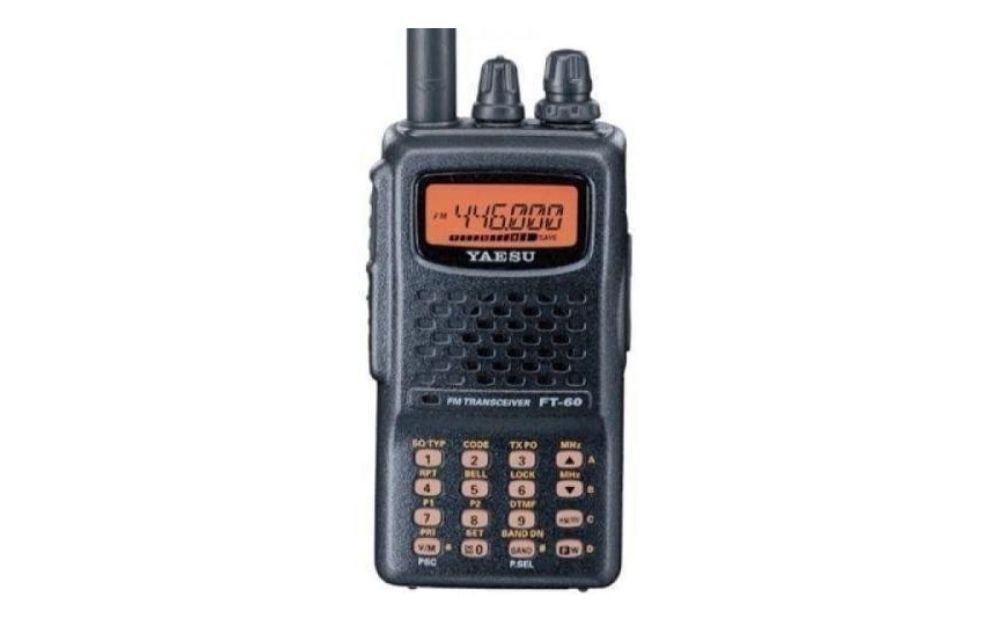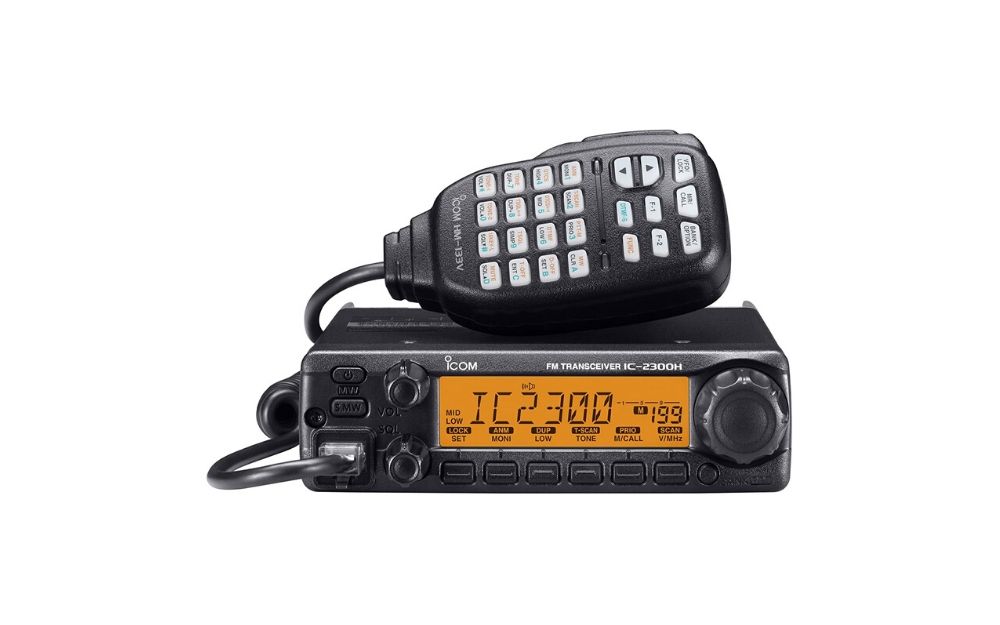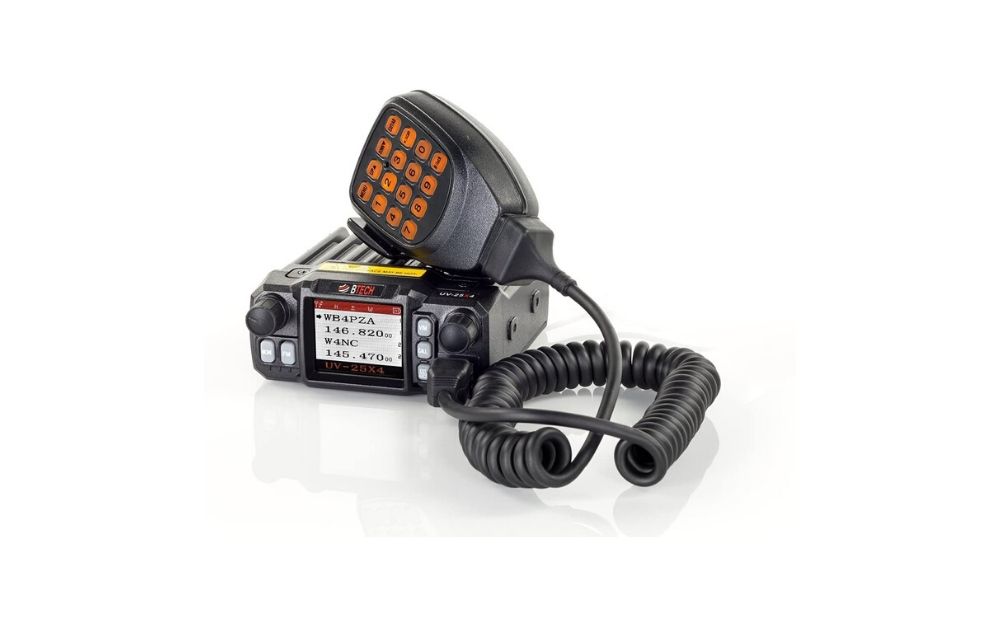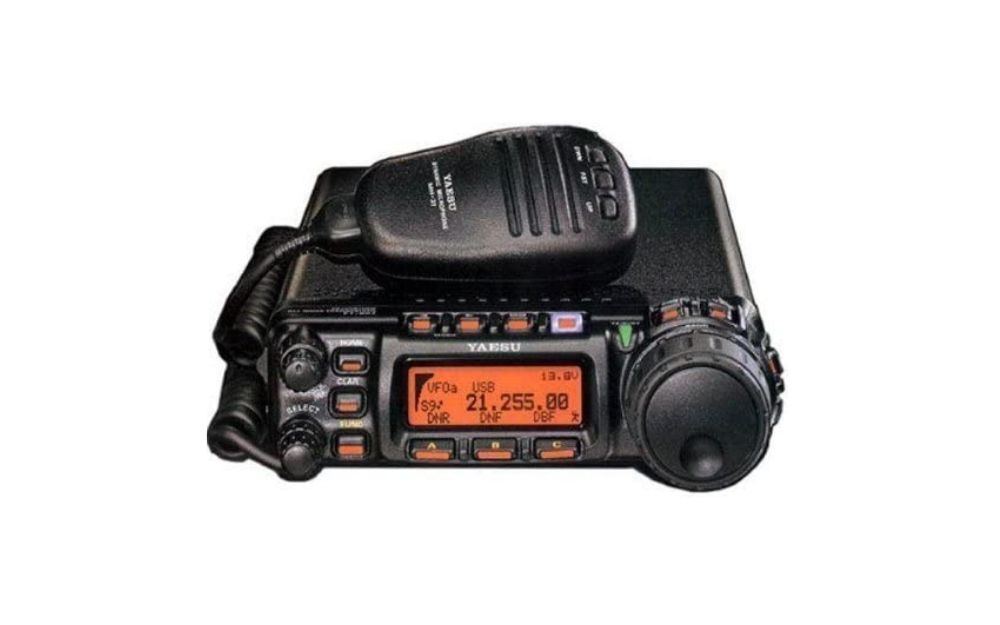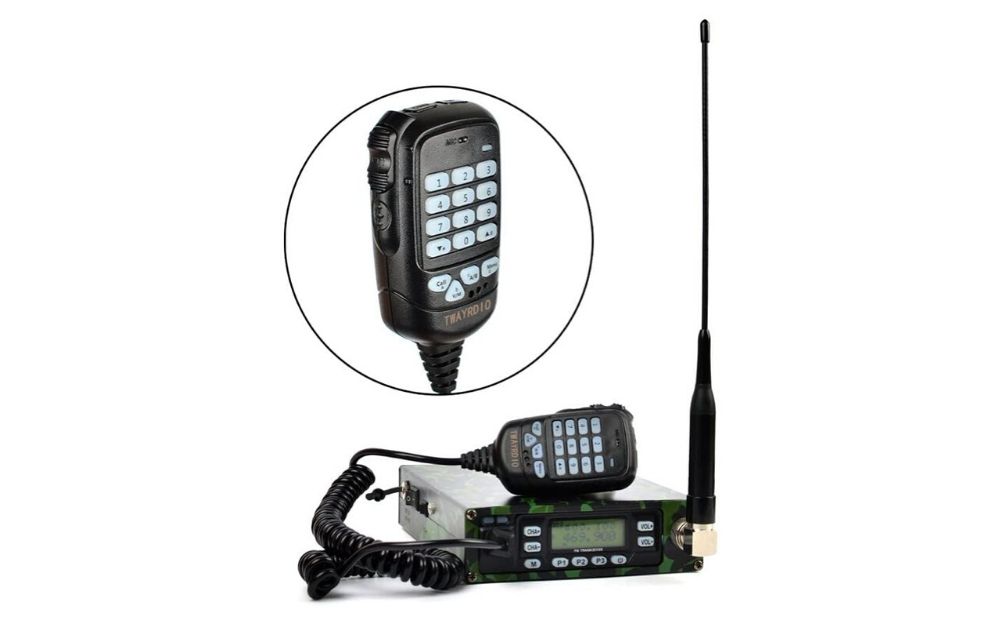Ham radios, or amateur radios, are essential emergency communication tools. When telephone and internet lines are down, they can serve as lifelines by providing communication between fellow radio operators. Though seemingly outdated, ham radios are still very valuable to this day. Many people also use them for simple recreational enjoyment; you can communicate with other operators in your vicinity or even around the globe.
If you’re interested in taking up amateur radio as a hobby, here’s a list of the best ham radios available, as well as a comprehensive buyer’s guide for beginners to help you pick which model suits you most.
Best Ham Radios
| # | PREVIEW | Product | |
|---|---|---|---|
| 1 |
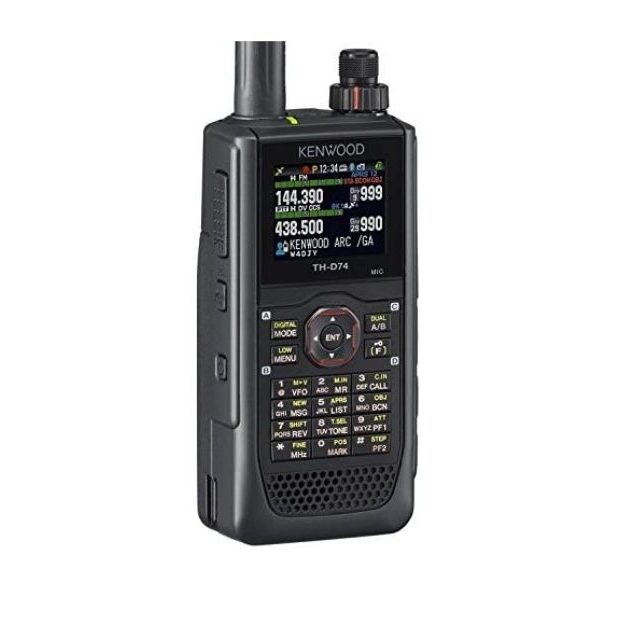
|
|
|
|
|
|||
| 2
Best For Low Budgets
2BAOFENG 8-Watt Ham Radio
|
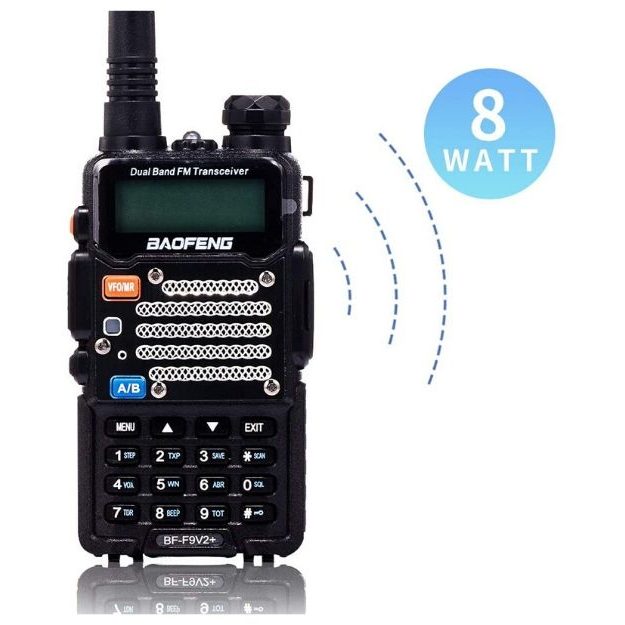
|
|
|
|
|
|||
| 3 |
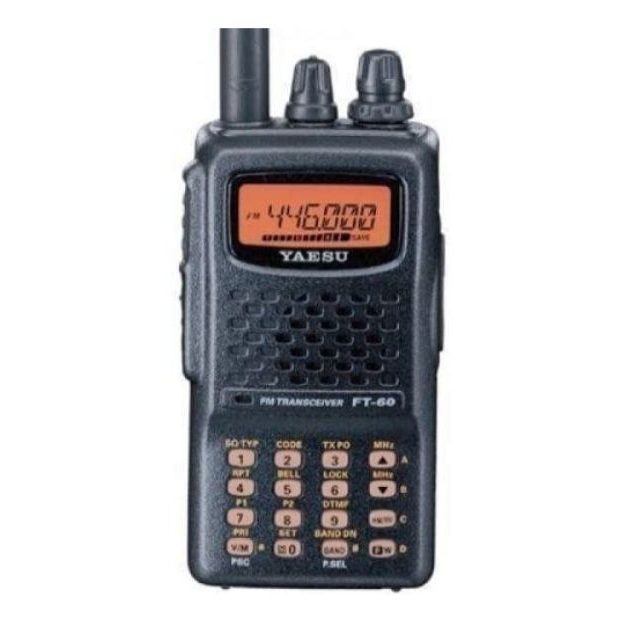
|
|
|
|
|
|||
| 4 |
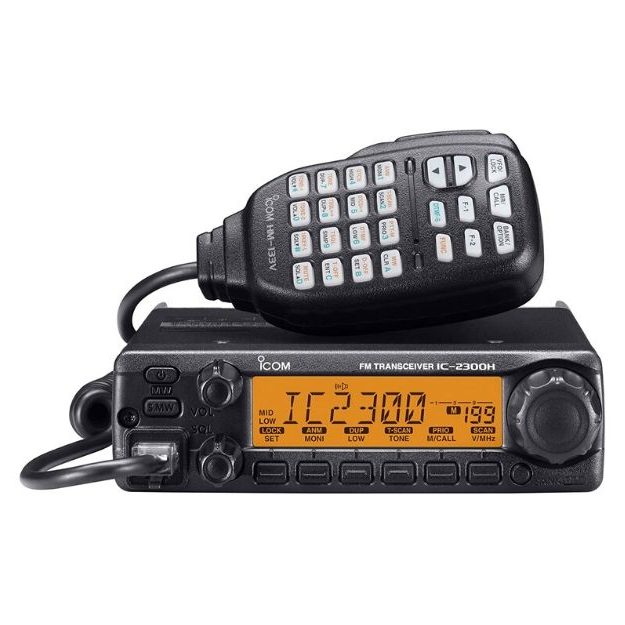
|
|
|
|
|
|||
| 5
Best Overall
5BTech Mini UV-25X4 Ham Radio
|
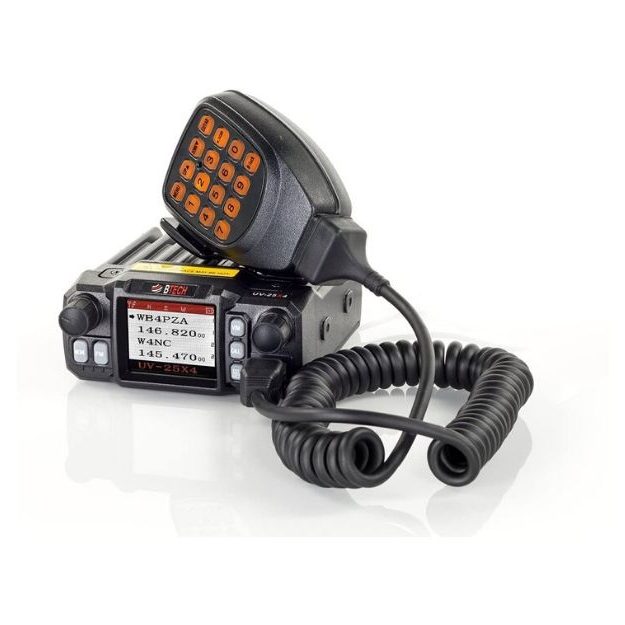
|
|
|
|
|
|||
| 6
Best For Higher Budgets
6Yaesu FT-857D Ham Radio
|
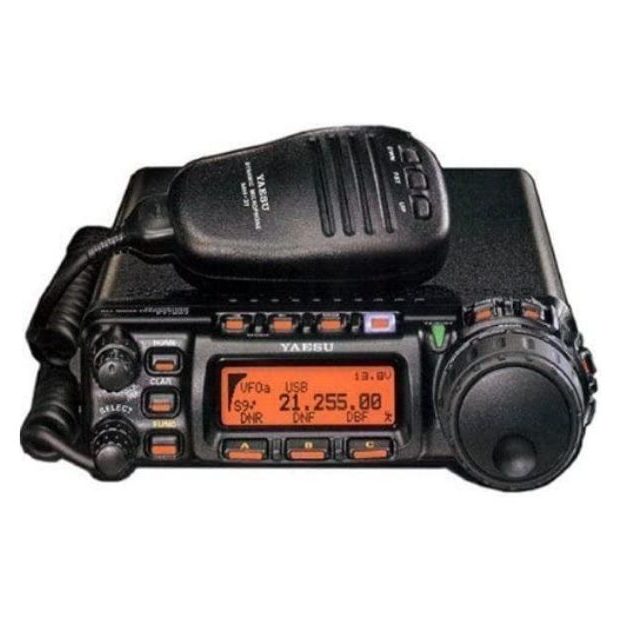
|
|
|
|
|
|||
| 7 |
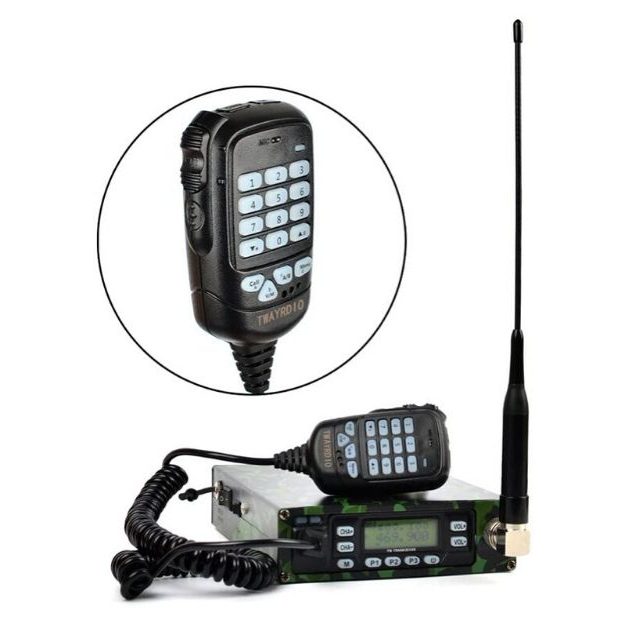
|
|
|
|
|
|||
1. Kenwood TH-D74A Ham Radio
- Can display GPS information
- Has text messaging functionality
- Bluetooth, micro USB, and micro SD compatible
- Broad channel reception
The Kenwood Handheld Transceiver is a premium ham radio good for all-round use. It boasts an incredible array of features, including GPS tracking via packet communication, compliance with digital/voice mode D-Star amateur radio networks, and wide-band and multi-mode reception that enables users to easily communicate and receive broadcasts.?
It also features SSB/CW/AM reception thanks to IF filtering and four TX power selections (0.05, 0.5, 2, 5 W). This transceiver is a go-to option for many people. Once you get the hang of the Kenwood Handheld, you?ll have a reliable radio with plenty of versatility.
Specifications
Pros
- Easy to use
- Wide compatibility
- Great for locational tracking
- Decent battery life
Cons
- May be confusing to use at first
2. BAOFENG 8-Watt Ham Radio
- Three power settings
- Supports up to 128 channels
- 2100mAh battery
- High-gain dual band antenna
BaoFeng is a reputable brand among short range and long range communication devices. Their old UV-5R ham radio is still popular to this day thanks to its reliability and performance. The company took everything that made the UV-5R great and translated them into their newer generation of ham radios, making this two way radio more than worthy of its predecessor’s past glory.
Apart from being relatively inexpensive, this 8-watt radio is a great choice for beginners. It has a very high battery capacity and can support up to 128 different channels. You can send and receive broadcasts over a range of up to 30 miles.
Specifications
Pros
- Good range
- Inexpensive
- Great battery life
- Universal transceiver
Cons
- May be confusing to use at first
3. Yaesu FT-60R Ham Radio
- Light and compact
- Tough, durable shell
- Programmable dual-band UHF/VHF radio
- Frequency locking
Yaesu stands alongside the more reputable ham radio brands and their FT-60R 2m handheld radio is one of their more renowned models. This radio is easy to use for newbies and veterans alike.
This two-way radio can receive 108-520MHz and 700-999MHz signals and transmit messages in the 144-148MHz and 430MHz-470MHz spectrums, making it optimal for short-medium range communication. Additionally, it can receive emergency broadcasts in the 800-900MHz range.
The FT-60R also features three RF power output modes (5W-low, 2W-mid, 5W-high), over 1000 memory channels, NOAA weather alert reception, and a lighted interface for maximum readability. Its tough outer shell can take a beating but the lack of waterproofing means you’ll need to be extra careful around sources of water.
Specifications
Pros
- Portable
- Versatile
- Beginner-friendly
Cons
- Not waterproof
4. Icom 2300H Ham Radio
- 207 alphanumeric memory channels
- S-meter squelch
- DTMF autodial
- Timeout timer
Icom is one of the most popular brands among amateur radio enthusiasts, so it’s no surprise that it would make it to this list. The Icom 144MHz Amateur Radio is great for vehicles thanks to its low-profile design, with multiple quality features.
This transceiver can easily communicate across the 2-meter band spectrum (144MHz-148MHz) and its crisp audio output makes listening to other operators a much better experience compared to similar ham radios. It has a very readable LCD screen that displays all essential information, including a voltage counter. Other notable features include an S-meter squelch, auto repeater, and 207 memory channels.
Specifications
Pros
- Excellent audio quality
- Easy to use
- Durable
- Compact
Cons
- User manual is confusing
5. BTech Mini UV-25X4 Ham Radio
- Frequency randomization
- Customizable mic gain
- Up to 520MHz frequency range
- Quad Watch Delay Time
The BTech 25 Watt Mobile Radio is another ham radio designed for use in vehicles, giving users a means to communicate while out on the road. The small size of this radio makes it good for smaller vehicles or if you’re pressed for dashboard space.
This 1.25m radio can send and receive broadcasts on the usual 144MHz, 220MHz, and 430MHz VHF/UHF frequencies. Manual channel scanning is available but its ability to add and remove channels on the fly eliminates the need for other software. Its auto scan and auto power-off features also add to this radio’s ease of use.
Specifications
Pros
- Compact and light
- Beginner-friendly
- Convenient features
Cons
- Short mic cable
6. Yaesu FT-857D Ham Radio
- Tri-band transceiver
- Auto repeater shift
- Three power output levels
The FT-857D is famous in the amateur radio scene as a mobile base station thanks to its impressive frequency range. Despite its small size, this ham radio is capable of broadcasting to HF, VHF, and UHF frequencies at an astonishing range, making it great for either vehicle or home use.
This radio has an automatic repeater shifting feature that allows users to magnify its range without having to fiddle around with a different antenna, allowing for maximum flexibility. It also has three different power outputs that correspond to different ranges. Its built-in spectrum scope makes tracking channels much easier and it can store up to 200 channels for easier navigation.
While its broad range is an attractive feature, beginners may find using this radio a bit more confusing to use than others.
Specifications
Pros
- Impressive frequency range
- Compact
- Relatively affordable
Cons
- Somewhat outdated
7. TWAYRDIO 25W Ham Radio
- Built-in 12000mAh battery
- Dual PTT function
- Built-in temperature regulation
TWAYRDIO’s portable ham radio boasts a high-capacity battery that complements its high, 25W output. Unlike other portable ham radios, this mini station works well even without a nearby power source.
This dual-band transceiver station can receive and transmit on the 136-174MHz and 400-470MHz frequencies while also being capable of monitoring the 245MHz frequency. It can store up to 199 channels for convenient navigation. Given the right conditions, this radio can have a max effective range of 18 miles.
Other features include a dual push-to-talk function that allows for quick and easy communication as well as an internal fan to keep it from overheating due to its high power output.
Specifications
Pros
- Great battery life
- Good transmission range
- Keeps cool even under heavy use
- Easy to use
Cons
- Can be difficult to program
Ham Radio Buying Guide
Knowledge Level
Getting into the amateur radio hobby can be difficult; there are plenty of concepts and technical terms to learn before you start broadcasting to airwaves and it can be a little overwhelming at first. Here are some tips to help you fast track the learning process so you can get started as soon as possible.
For Beginners
If you’re completely new to ham radios, consider using flash cards. A normal notepad will work well for jotting down important information like frequencies and stations, but a set of flash cards can be especially helpful for memorizing the ever-important Q codes that operators use for regular communication.
For Kids
If you want to teach your kids how to use a ham radio, then it’s best to start with a radio that’s easy to use. Consider using ones that have more accessible controls or ones that have the most features. Of course, you can always just use whichever radio you’re most comfortable with so you can teach with confidence.
Ham Radio Range
The range on ham a radios largely depends on many factors, including but not limited to altitude, the type of radio being used, and the frequency being broadcasted on. Factors like obstructions, antennas, signal boosters, and repeaters also play a critical role in maximizing ham radio range.
One rule of thumb to remember is that the lower the frequency, the higher the range.
2m Range
The range of 2-meter amateur radios is drastically affected by antennas and other signal boosters. They can reach up to 40 miles given the right circumstances, such as a lack of obstructions between sender and recipient, and they can go even further if signal boosters are in place.
6m Range
The average range of 6-meter radios (50-54 MHz frequency range) can reach up to hundreds of miles in the right conditions.
10m Range
The 10-meter band (28.000 – 29.700 MHz) is typically used for global communications. 10 Meter Radios in this range can broadcast up to thousands of miles.
Ham Radio Setup
Amateur radio isn’t all about just communication. Here are some important things to know before you start broadcasting:
License
First and foremost, you’re going to need a license. The Federal Communications Commission handles all amateur radio licenses as well as license renewals. You’ll need to pass an exam before the FCC gives you a license, so be sure to study up before heading to the local office or filing online.
Frequencies
Radio Frequency (RF) signals are what carry your messages across the airwaves. For people to receive your signals and vice versa, you need to be in the same frequency. Keep in mind that not all radios are able to receive or transmit to all frequencies, so be sure to get one that can match your preferences.
Call Signs
Call signs are unique name tags used by amateur radio operators. Your call sign will be registered along with your name at the FCC. Since these tags must be unique, you’ll have to look up call signs that haven’t been taken yet. You can do this through the FCC’s ULS search function at their website.
Band Plan
A band plan is an agreement between radio operators regarding the division of the radio frequency spectrum into different groups according to specific purposes. This is meant to prevent any interference or incompatibility between different radio users. Band plans are allocated by the International Telecommunications Union and every country has its own plans.
Q-Codes
The global amateur radio community uses abbreviations called Q-Codes to communicate with each other. These codes are typically composed of three letters and are meant to simplify international communications.
Software
Ham radios can be configured through third-party software. These allow users to control certain aspects of a ham radio, including sound calibration, frequency testing, channel management, and more.
Style
Ham radios come in multiple styles, each with specific purposes. Though the most apparent difference between them is their size, their effective ranges can also differ based on their make and model.
Handheld / Mobile Ham Radio
These are the most compact of ham radios. They’re easier to carry but also have a weaker power output. Mobile ham radios are best used for short-ranged communication. There are also smaller ham radios that can be placed inside of vehicles which are usually stronger than handheld ones.
Vintage Ham Radio
Many hobbyists collect, repair, and restore vintage ham radios. While vintage ham radios are normally considered as collectors’ items, these can still communicate with other radios around the globe.
Ham Radio Equipment
Apart from the radio itself, here are some other important pieces of equipment that any budding amateur radio operator needs to function at full potential:
Base Station
In the wireless telecommunications industry, a base station is a set of equipment that connects all comms devices to a wider network. The same idea applies to amateur radio; your base station should contain all of the things you need to get you on the air such as your transceiver, a strong antenna and power supply.
Antenna Types
If you’re planning to operate at home, you won’t need an entire ham radio tower to broadcast. What you will need, however, is a good antenna. You can choose from a wide variety of antenna types like single-band, multi-band and Yagi, but the usual setup for new operators is a dual-band UHF/VHF antenna.
Since different types have different effects, feel free to mix and match antennas based on your preferences.
Power Supply
Different types of ham radio draw power at different rates. Smaller radios can draw anywhere from 4-8W while the larger stations use as much as 250W to broadcast, so be sure that you have a power supply that can match your transceiver’s needs.
Amplifier
Amplifiers are used to increase a radio’s power output in order to boost signal output. If you want to reach a larger audience, then you’ll need one of these.
Batteries
There are many different battery types for ham radios, ranging from NiCad to Lithium Ion and Lead Acid. Each battery has its own unique properties, but you should keep an eye out for its capacity (usually measured in milliamps per hour) and power output (measured in volts). Make sure your battery can support your transceiver’s power draw!
Repeaters
Essentially, repeaters are meant to increase your coverage area. They do this by re-transmitting radio waves in another frequency at a higher power output.
Ham Radio Uses
Operating a ham radio can be a satisfying hobby, but it’s also a practical skill that’s useful in many situations, especially emergencies where conventional communications channels are made unavailable.
Applications
Ham Radio for Preppers
Ham radios are great for emergencies because they don’t need any to be connected to any mainline communications or power networks that could potentially get knocked out of commission by a natural disaster. You’ll be able to coordinate with emergency services even when essential services are down.
Ham Radio for Car and Jeep Wrangler
You can install a portable ham radio on your vehicle so you can keep in touch with other operators while you’re out on the road. This is especially useful for people whose jobs revolve around travelling, such as truck drivers.
Ham Radio for Satellites
There are satellites orbiting around the Earth that help operators communicate with each other from almost any point on the globe by acting as repeaters. These satellites can be contacted by any ham radio so long as they’re within range. Their locations can be tracked via several online sources.
Ham Radio for Survival
Portable ham radios make for excellent survival tools because of their somewhat self-sustainable nature. Keeping one on you at all times can come in handy when you find yourself lost in the woods or in similar situations where you need to fend for yourself.
Ham Radio For Emergency
Even if you aren’t a prepper or a survivalist, you can use ham radios to help coordinate with local emergency services and government units in times of crisis. For more of these, check our guide on best emergency radio reviews.
Frequently Asked Questions

There are multiple ways to stop RF interference, including:
- Proper cable management
- Upgrading your antenna
- Installing RFI filters
Interference can sometimes be caused by electrical interference running through your equipment. If you think that’s the case, contact your power company as soon as you can.

“CW” or Continuous Wave refers to radio communication via Morse code.

The number 73 is a code used by radio operators which means “best regards”.

HAM was the callsign of the first amateur radio station operated by three members of the Harvard Radio Club.
“HAM” is an abbreviation for the surnames of each of the members (Hyman, Almy, and Murray).
Our Verdict
Ham radios are excellent communication tools for emergency responders and hobbyists alike. Though they may require a bit more time and resources to set up than other radios, they make up for it by having the potential to reach a wider audience who are much further away.
Though they work best at a station complete with equipment to significantly boost their performance, ham radios are also handy in a pinch. Handheld hams and mobile stations are great for those looking to satisfy their wanderlust while also keeping a clear line of communication open for when disaster strikes, or for when one wants a bit of company to talk to while out on the road.

